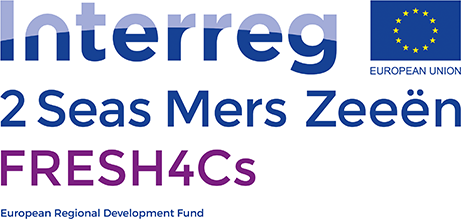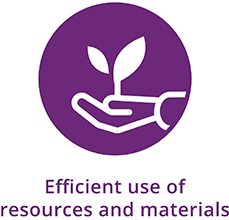Koksijde case
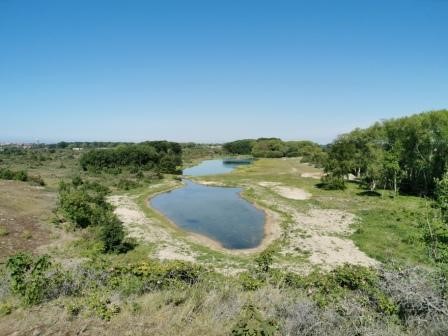
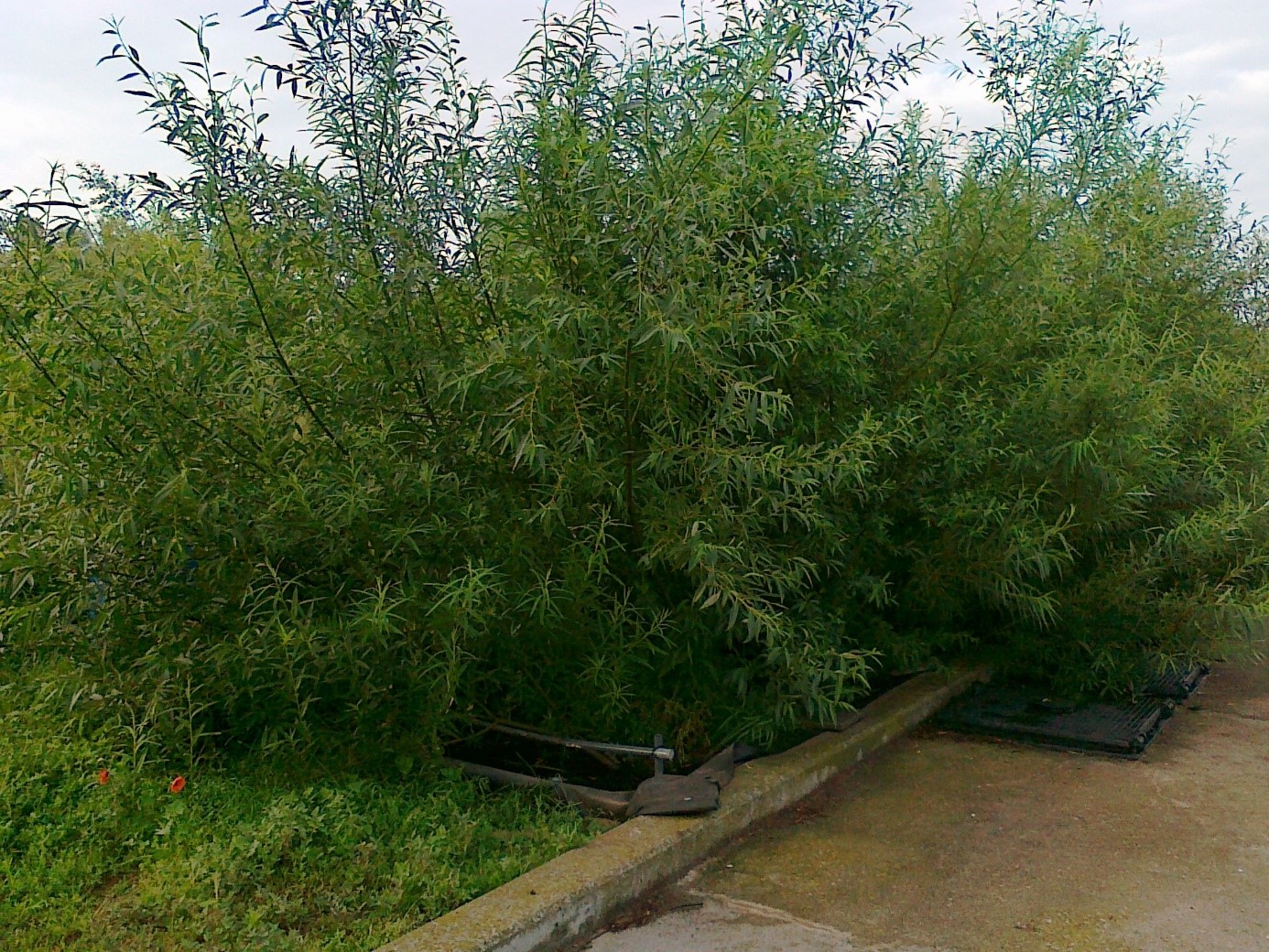
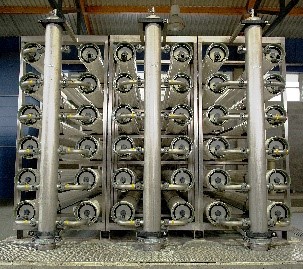
The Intermunicipal Water Company from the Veurne Region (IWVA) historically produces its drinking-water from a fresh-water lens under the dunes in Koksijde.
The IWVA serves drinking-water to about 62,000 people living permanently in the distribution area, but during the summer they serve up to double that amount of people. This is the reason of the big difference between the minimal and maximum daily consumption. As the fresh dune aquifers are surrounded by salt water, both north under the sea and south under the polder area, the extraction capacity of fresh dune water is limited.
To obtain sustainable groundwater management in the dunes, in 2002 IWVA started with artificial recharge of the dune aquifer of St-André based on water reuse from the adjacent wastewater treatment plant of Wulpen, operated by Aquafin. The treatment process for the production of infiltration water at WPC Torreele is based on membranes.
Reverse osmosis membranes produce concentrate. This is discharged to the adjacent canal that ends into the sea. Within the DEMOWARE project, treatment of this concentrate was demonstrated using a natural system based on willows. It proved successful for the reduction of nutrients (35%) and will be implemented full-scale within this project.
In the future it could be a first step for further treatment to produce alternative fresh water for the region, so besides a reduction of the impact of wastewater discharge an increase of the overall recovery of WPC Torreele could be achieved.

